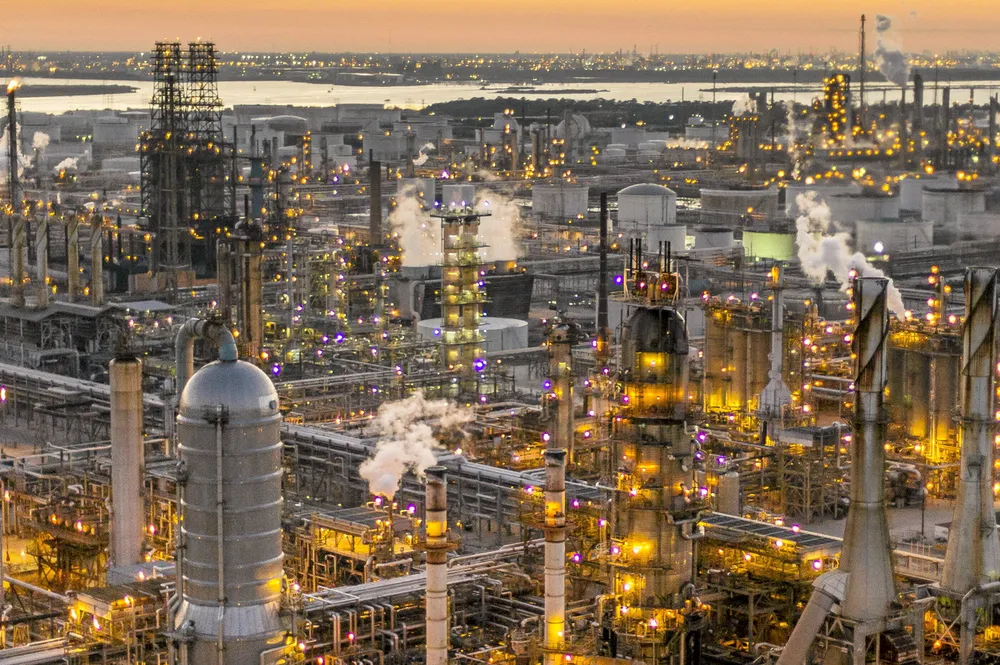'Outrageous, reckless' | Biden administration slammed for committing billions of dollars for clean hydrogen to fossil fuels
Four of the seven Hydrogen Hubs selected for $7bn of grants will produce blue H2 made from natural gas with 'unproven' carbon capture and storage
